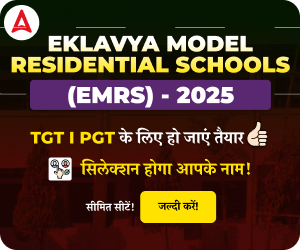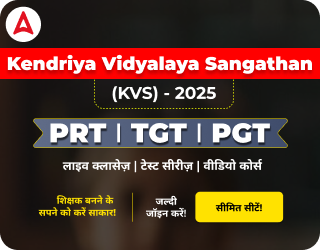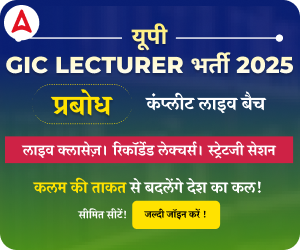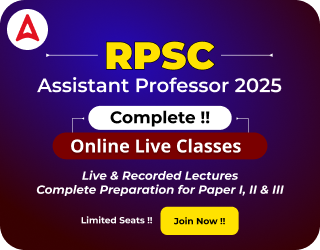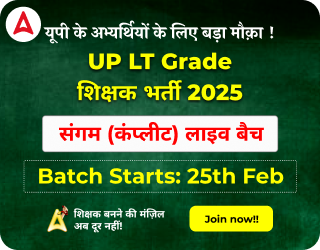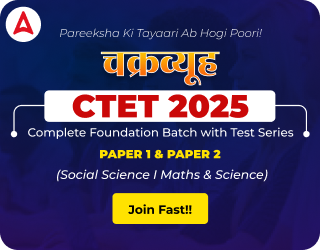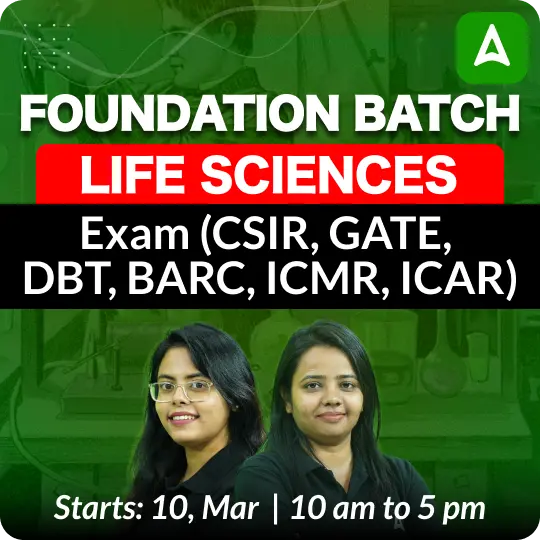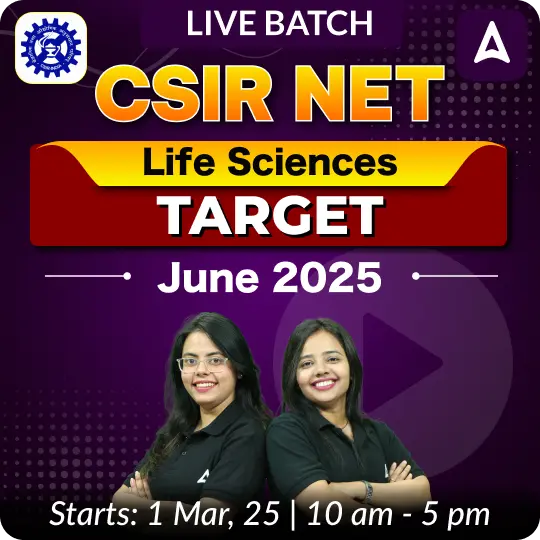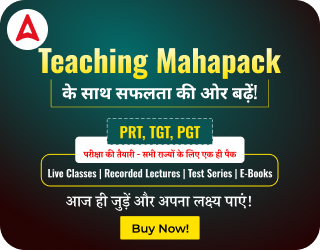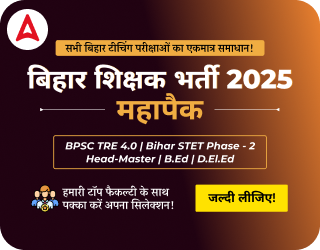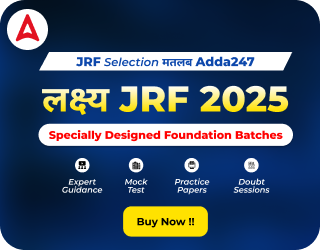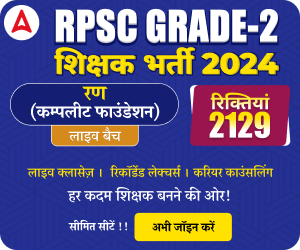Table of Contents
The Bihar BEd Teaching Aptitude section evaluates your potential to become an effective teacher. This section includes objective-type questions that assess your understanding of key teaching competencies, such as classroom management, communication skills, student engagement strategies, and learning assessment techniques. Boost your Bihar CET BEd preparation with our free PDF resources! We offer a dedicated Teaching-Learning PDF designed to strengthen your grasp of effective teaching methodologies and assessment strategies, ensuring targeted practice for this crucial section.
Bihar BEd Teaching Aptitude Questions
The Bihar BEd 2025 Exam , conducted by LNMU, includes a Teaching Aptitude section to assess candidates’ teaching potential. Below is a summarized overview of the Teaching-Learning Questions pattern. For a detailed breakdown, refer to the following details:
- Section: Teaching Learning/Teaching Aptitude
- Exam Name: Bihar BEd Common Entrance Test 2024 (Bihar BEd CET)
- Exam Type: State Level
- Total Marks: 25 Marks
- Total Question: 25 Question
- Official Website: http://www.biharcetbed-lnmu.in
Bihar CET BEd Exam Pattern 2025
The Bihar CET BEd is a 2-hour (120-minute) offline exam with 120 objective-type multiple-choice questions (MCQs). You’ll receive an OMR sheet to mark your answers, with each question offering four answer choices. Here’s an overview of the Bihar CET BEd Exam Pattern 2025:
- Mode: Pen-and-paper (Offline)
- Duration: 120 minutes
- Total Questions: 120 MCQs
- Answer Format: OMR sheet
- Marking Scheme: +1 for each correct answer. No negative marking
Section-wise Distribution:
| Section | Marks | Description |
|---|---|---|
| General English/Sanskrit Comprehension | 15 | Tests grammar, vocabulary, and reading comprehension in chosen language |
| General Hindi | 15 | Evaluates Hindi language proficiency including grammar and comprehension |
| Logical & Analytical Reasoning | 25 | Assesses problem-solving through syllogisms, arguments, and analytical reasoning |
| General Awareness | 40 | Covers current affairs, history, geography, polity, economics, and science |
| Teaching-Learning Environment | 25 | Focuses on pedagogy, classroom management, and assessment methods |
Download Bihar BEd Teaching Learning Questions PDF
Get instant access to the Bihar BEd Teaching Aptitude Questions PDF through the direct download link below. This essential resource will strengthen your exam preparation with key concepts and practice questions. Click the link now to download Bihar BEd Teaching Learning Questions PDF and start practicing today!
Bihar BEd General Teaching Aptitude Questions PDF
Bihar BEd Teaching Aptitude Questions and Answer
Q1. Effective classroom communication primarily helps in:
(a) Increasing school funds
(b) Reducing syllabus
(c) Enhancing student understanding
(d) Simplifying administrative work
Q2. The main role of physical resources in a school environment is to:
(a) Provide comfort
(b) Support learning activities
(c) Decorate classrooms
(d) Impress stakeholders
Q3. Which of the following is a key characteristic of an ideal teacher?
(a) Strictness
(b) Punctuality
(c) Empathy
(d) Authoritativeness
Q4. Motivation in students can be most effectively increased by:
(a) Competition
(b) Rewards
(c) Inspiration
(d) Punishment
Q5. A significant impact of poor management of physical resources in schools is:
(a) Increased creativity
(b) Decreased learning effectiveness
(c) More outdoor activities
(d) Better time management
Q6. Leadership within a school setting should primarily focus on:
(a) Enforcing rules
(b) Building relationships
(c) Increasing discipline
(d) Expanding school size
Q7. Discipline in the classroom is best maintained through:
(a) Fear
(b) Consistency
(c) Harsh punishments
(d) Sporadic checks
Q8. Which aspect is crucial for effective teaching?
(a) Extensive homework
(b) High expectations
(c) Interactive sessions
(d) Standardized tests
Q9. The primary effect of inadequate physical resources on teachers is:
(a) Increased stress
(b) Improved improvisation
(c) Less paperwork
(d) Shorter work hours
Q10. Teacher-student relationships are improved most effectively through:
(a) Frequent tests
(b) Open communication
(c) Strict grading
(d) Scheduled meetings
Solutions
S1. Ans.(c)
Sol. Effective classroom communication is crucial for enhancing student understanding. It ensures that students fully grasp the lessons, promotes better engagement, and facilitates deeper learning.
S2. Ans.(b)
Sol. Physical resources in a school, such as technology, equipment, and facilities, primarily support learning activities by creating an environment conducive to education.
S3. Ans.(c)
Sol. Empathy is a key characteristic of an ideal teacher. It helps in understanding students’ needs and challenges, thereby fostering a supportive learning environment.
S4. Ans.(c)
Sol. Inspiration is the most effective way to increase motivation among students. It encourages a love for learning and personal development beyond conventional rewards or punishments.
S5. Ans.(b)
Sol. Poor management of physical resources leads to decreased learning effectiveness. Lack of proper tools and environment directly hampers the educational process.
S6. Ans.(b)
Sol. Effective leadership in schools focuses on building relationships among staff and students, fostering a community that supports educational success.
S7. Ans.(b)
Sol. Consistency is key in maintaining discipline. It ensures that students understand the expectations and consequences, leading to a stable and respectful learning environment.
S8. Ans.(c)
Sol. Interactive sessions are crucial for effective teaching as they engage students actively, promote better understanding, and facilitate immediate feedback.
S9. Ans.(a)
Sol. Inadequate physical resources increase stress among teachers as they struggle to meet educational goals without necessary support, impacting their ability to teach effectively.
S10. Ans.(b)
Sol. Open communication is fundamental to improving teacher-student relationships, fostering trust, and enhancing the educational experience by addressing students’ needs and concerns.




 CSIR NET Chemical Science Questions with...
CSIR NET Chemical Science Questions with...
 UGC NET 2024-25 Question Papers 1 and 2,...
UGC NET 2024-25 Question Papers 1 and 2,...
 CSIR NET General Aptitude Questions Answ...
CSIR NET General Aptitude Questions Answ...
